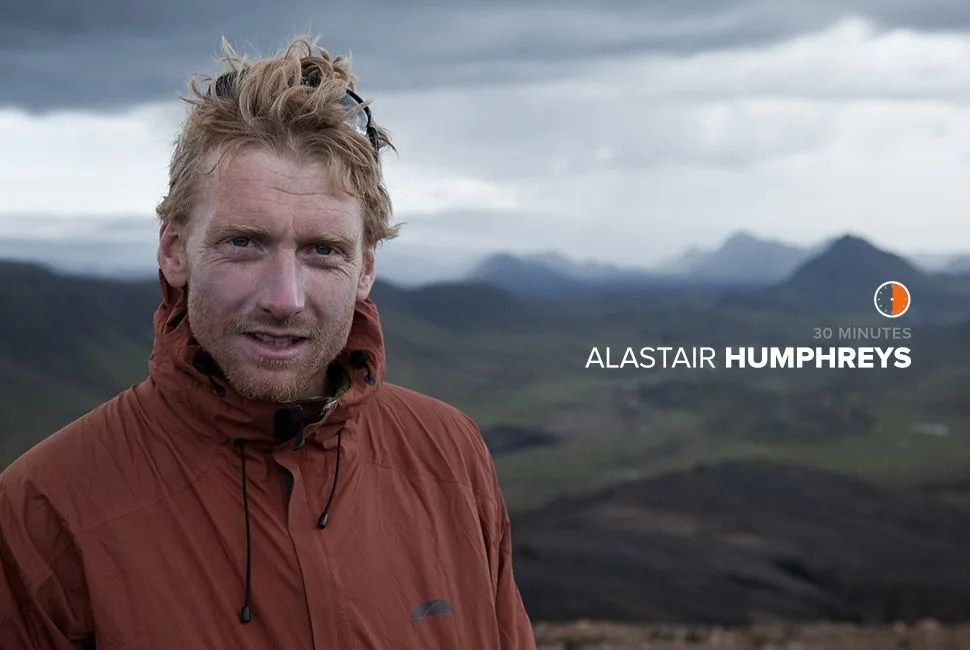Alastair Humphreys knows a thing or two about epic adventure. He’s bicycled around the world; embarked on polar expeditions; completed a self-supported, thousand-mile walk through the Empty Quarter Desert; rowed the Atlantic; crossed India coast-to-coast on foot, and backpacked and packrafted across Iceland, among other expeditions. Over time, he’s developed the storytelling chops to leverage his incredible enthusiasm for adventuring—not to mention great yarns—into a full-time career. It’s an enviable job, but you don’t have to tell him that.
In fact, these days he’s made it his crusade to bring adventure and wilderness within reach for the average person. So how do you prod working stiffs into overcoming the inertial forces of convention—routine, limited time, limited money, relationship demands, fear of the unknown—and embarking on an adventure? Humphreys came up with the idea of “microadventures,” which, he says, are deliberately small, almost provocatively mundane adventures that can squeeze into the “9-to-5” lifestyle—things like sleeping under the stars on a hill, entering a local race or, say, circumnavigating a local island on bike or on foot.
It’s a refreshingly simple, almost child-like way of looking at a historically heroic, masculine endeavor. And it works. Through the hashtag #microadventure and his new book Microadventures, he’s inspired thousands of his British countrymen to head outside and explore, as if for the first time, their own backyards. National Geographic named him an “Adventurer of the Year” for it. Now he’s hoping to spread the idea even farther afield, to the U.S. and beyond. We caught up with Humphreys to discuss big expeditions, tiny adventures and medium-rare steak.
MORE GP INTERVIEWS: Jozy Altidore, World Cup Striker | Parker Liautaud, Arctic Explorer | Michael Wardian, Distance Runner
Q. What’s one thing every man should know?
A. How to find the North Star in the sky.
Q. What’s the hardest thing you’ve ever done?
A. Committing to beginning to try to cycle round the world. (Notice there are three verbs involved and none of them actually relate to the 46,000 miles I slogged round the world…)
Q. What are you working on right now?
A. I’ve had a busy summer encouraging people to get out on microadventures of their own. Today I am working on a microadventure film for film festivals, and trying to work out what book to write next.
